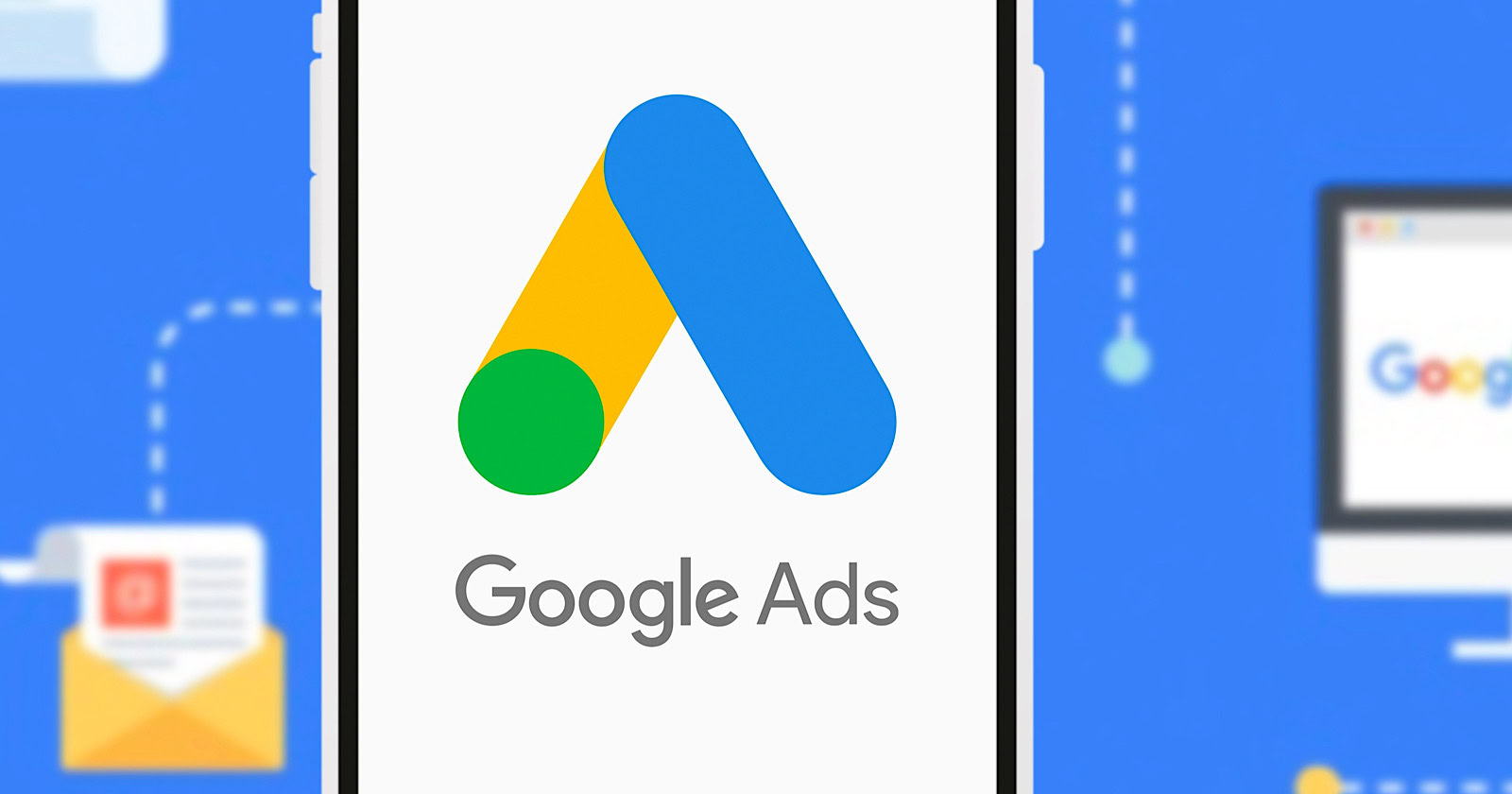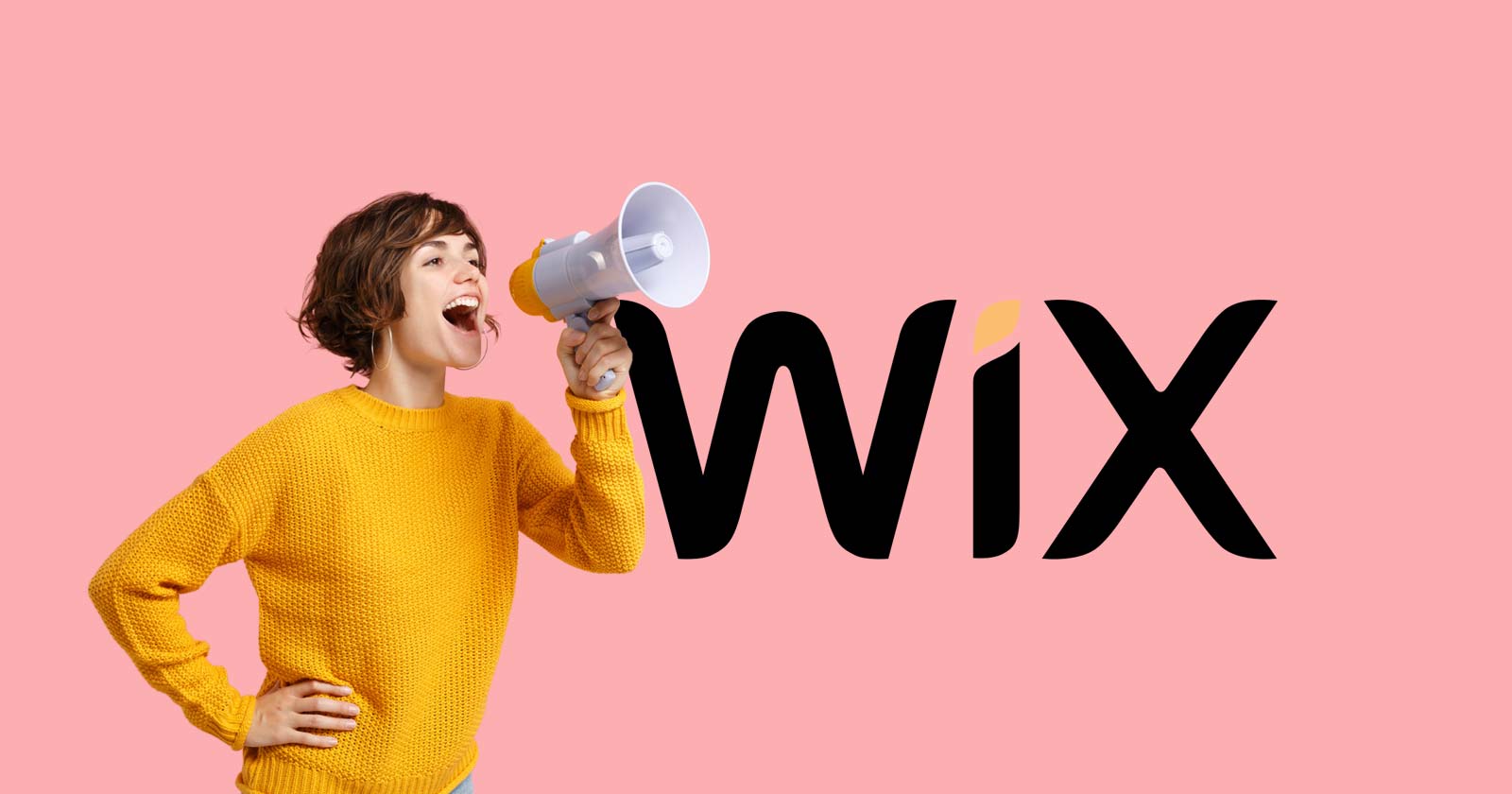[ad_1]
Google's AI Image Generation Tools for Google Ads
Google recently provided insights into the capabilities and constraints of its AI image generation tools for Google Ads, responding to enthusiasm expressed by search marketer Darcy Burk regarding the potential for AI to create product images.
Limitations and Guidelines
In response to Burk's comments, Google's Ads Liaison, Ginny Marvin, clarified some important restrictions. Marvin emphasized that while Google's AI tools are capable of generating generic product images, they are intentionally programmed to avoid creating visuals that feature branded items or logos.
Marvin elaborated, stating, "The tool will generate product images, but it won't generate product images that include brand names or logos." She provided an example scenario to illustrate this point, highlighting that users would receive an error notification if they tried to include brand references in their image descriptions.
Comprehensive Guidelines
Marvin directed users to Google's support documentation for detailed instructions on utilizing the AI image generation and editing features. The guidelines underscore that generative AI tools in Google Ads are designed to automatically restrict the creation of specific content types.
Examples of restricted content include faces, children, specific individuals, and most notably, branded items and logos. The documentation further reinforces that these limitations aim to enhance safety and responsible AI implementation.
In addition, Google's documentation addresses concerns about sensitive advertising verticals like politics and pharmaceuticals, which are prohibited from receiving AI-generated image suggestions to maintain a secure platform.
Google iterated, "As this technology evolves, we're continuously evaluating and improving our approach to safety."
Significance for Marketers
With the expanding capabilities of generative AI in advertising, Google's guidelines offer valuable guardrails to advertisers seeking to harness the power of AI image generation.
Understanding the current limitations, particularly around branded visuals, is pivotal for marketers integrating AI image generation into their campaigns effectively.
Practical Implications
For advertisers, Google's AI image generation tools present an opportunity to create extensive volumes of high-quality generic product and lifestyle images efficiently.
By adhering to the outlined guidelines that emphasize avoiding branded references, marketers can leverage these tools to produce diverse visual assets suitable for various marketing channels such as ecommerce listings, display advertisements, and social media promotions. This streamlined approach can significantly expedite traditionally cumbersome processes like product photoshoots while upholding brand integrity and safety.
FAQ
How does Google Ads’ AI image generation tool handle branded content?
Google’s AI image generation tool can create generic product images but is designed to exclude any branded items or logos. If a user tries to generate an image with specific brands or logos, the system will trigger an error notification directing them to remove those references before proceeding.
- The tool generates generic product images
- It excludes brand names and logos
- Users receive error notifications guiding them to correct prompts
What kind of content is restricted when using Google Ads’ AI image generation tools?
Several types of content are restricted when using the AI image generation tools in Google Ads. Restrictions include creating images featuring faces, children, specific individuals, branded items, and logos. Sensitive verticals like politics and pharmaceuticals are also barred from receiving AI-generated image suggestions.
How does the restriction on branded content benefit marketers using Google’s AI tools?
By focusing on generating only generic product images, advertisers can utilize the tool for a variety of applications, such as e-commerce product listings, display ads, and social media marketing, without risking any legal issues related to brand misuse.
[ad_2]




